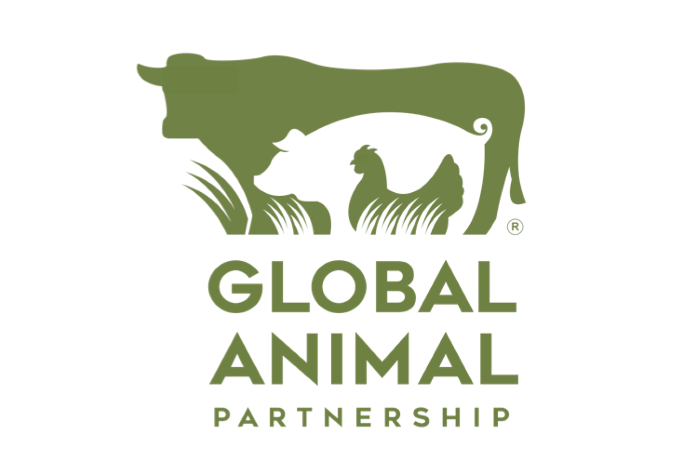AUSTIN, TEXAS – Each year the Global Animal Partnership (GAP) works to strengthen the welfare of millions of chickens raised for food through its Better Chicken Project. GAP funded an independent and comprehensive study by scientists at the University of Guelph in Ontario, Canada, to begin creating a research-based framework for reinventing the modern-day broiler. The study is the largest and most comprehensive to date. It included 7,500 broiler chickens from 16 different genetic strains and used the results to guide the development of GAP’s Broiler Chicken Assessment Protocol and initial list of Better Chicken eligible breeds, announced today.
GAP’s forthcoming broiler chicken standards v4.0 will detail eligible breeds through the organization’s Broiler Chicken Assessment Protocol, and use of the protocol, to be transitioned into the GAP program.
“Our mission is continuous improvement of animal welfare, which means we are constantly re-evaluating how we can use our standards to facilitate and support change,” said Anne Malleau, executive director of GAP. “The study – a multidisciplinary science-based approach to understanding broiler welfare - both confirmed and informed our thinking and provided the data needed to create a process for our program to bring a ‘better broiler’ to the marketplace.”
The tiered animal welfare standards GAP incorporates have always included requirements for the management, diet, environment and behavioral needs of the birds. Genetics are well documented as an integral component of positive animal welfare outcomes and have been included in the GAP 5-step standard for meat chickens, but GAP wanted to switch to an evidence-based approach for determining breed eligibility for its program.
The initial list of breeds that pass GAP’s new, innovative Broiler Breed Protocol released today is not meant to be an exhaustive list. Breeding companies are invited to contact GAP to test additional breeds using the new protocol through a GAP accredited research facility.


